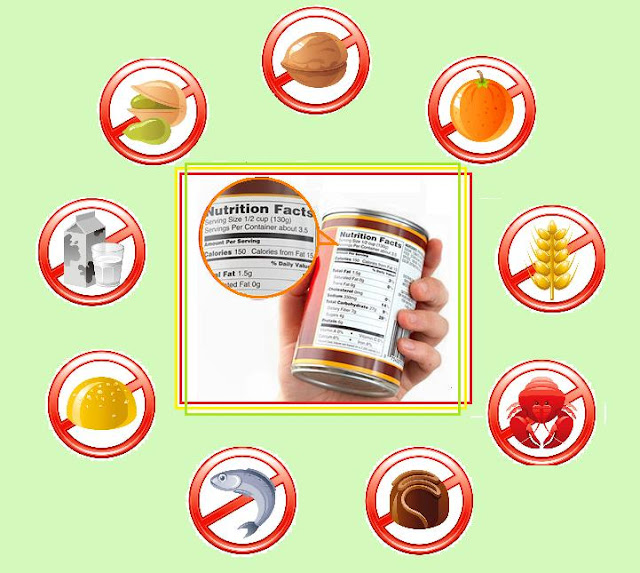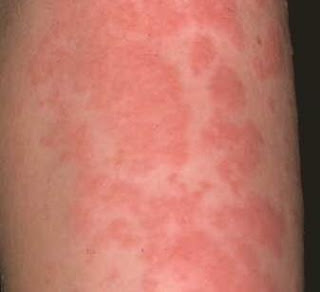A food
allergy is a reaction that your body has to something that you ate. It can be a
food or it can be an ingredient in that food, usually a protein. A food allergy
reaction can be mild such as a stuffy nose or it can be serious such as
difficulty breathing.
Many different foods can cause food allergies but there are eight that are the most common food allergens. The eight most common food allergens are milk, eggs, peanuts, tree nuts such as cashews and walnuts, soy, wheat, fish and shellfish.
Adults and
children, even infants can have food allergic reactions. Food allergies can run
in families. This is why if parents, sisters or brothers are known to have food
allergies Pediatricians consider a new baby to be a high risk for food
allergies and will be extra careful with introducing new foods to this baby.
Children can sometimes outgrow food allergies when they are older, but not
always. Adults who are still showing allergic reactions to foods usually remain
for the rest of their life.
Exercise can
sometimes be associated with food allergies.
Some food
allergy symptoms center on the gastrointestinal tract and cause symptoms of the
stomach and intestines only such as gas, nausea, diarrhea, vomiting and abdominal
pain.
Skin
reactions can be food allergy symptoms such as rashes or hives or eczema.
Other
symptoms have to do with the nose and mouth including breathing such as stuffy
nose, runny nose, itchy mouth, itchy throat, shortness of breath, coughing and
closed airway.
Severe
reactions to food include the breathing ones of wheezing, fainting, and closed
airway. Anaphylaxis is life threatening allergic reaction to a food and can
also include facial flushing, itching, hives, difficulty talking or breathing,
low blood pressure or unconsciousness. In anaphylaxis the symptoms usually
appear quickly after ingesting the food, sometimes with mere minutes. Immediate
medical attention is needed to save the individual's life. An injection of
epinephrine is given to help open up the airway and to help reverse the
anaphylaxis reaction.
An allergist
makes a diagnosis of food allergy, which is a specialist who has had special
training understanding and diagnosing allergies including food allergies. A
diagnosis is made after careful medical history is taken from the patient or
the patient's parent or caregiver. Sometimes the allergist will ask the patient
to keep a food diary so that the allergist can gather essential information
about your reaction to food from it. The allergist may order several tests
including a skin prick test, a RAST test, which is a blood test, and food,
challenges.
After the
diagnosis is made the allergist will design an allergy management plan to help
you control the symptoms of your food allergy. The most important part of the
treatment plan will be learning how to avoid the food that you are allergic to.




